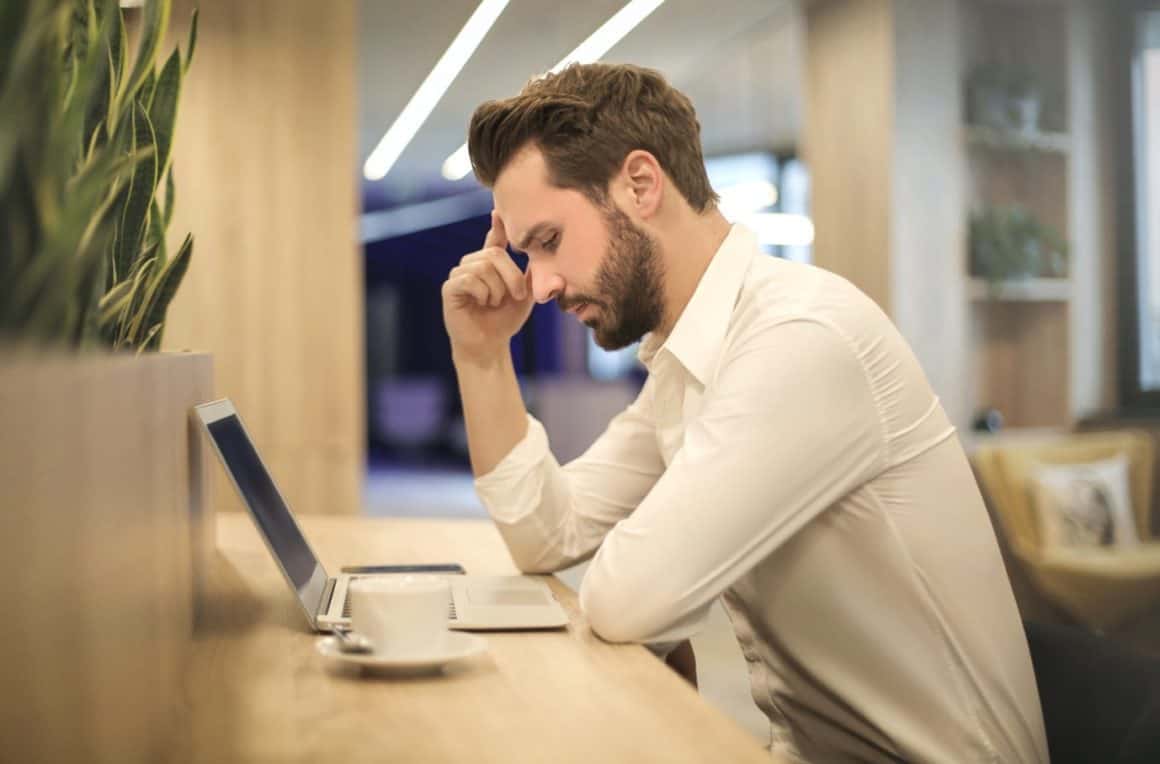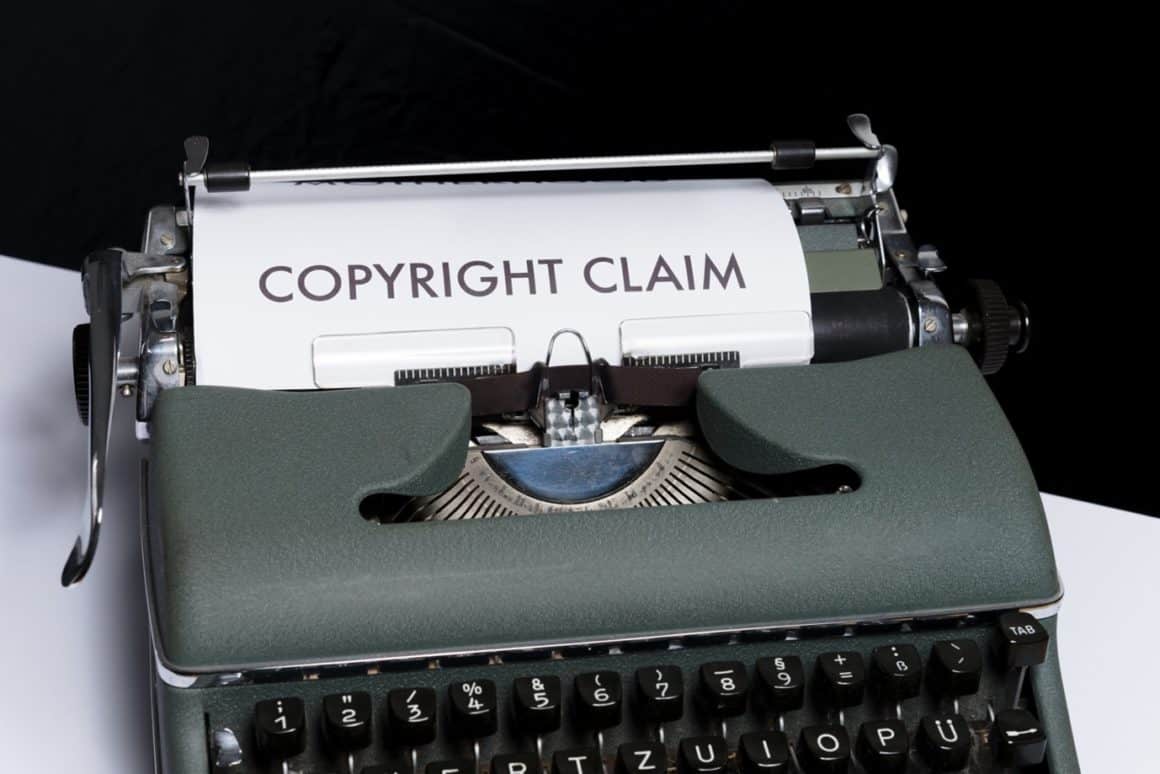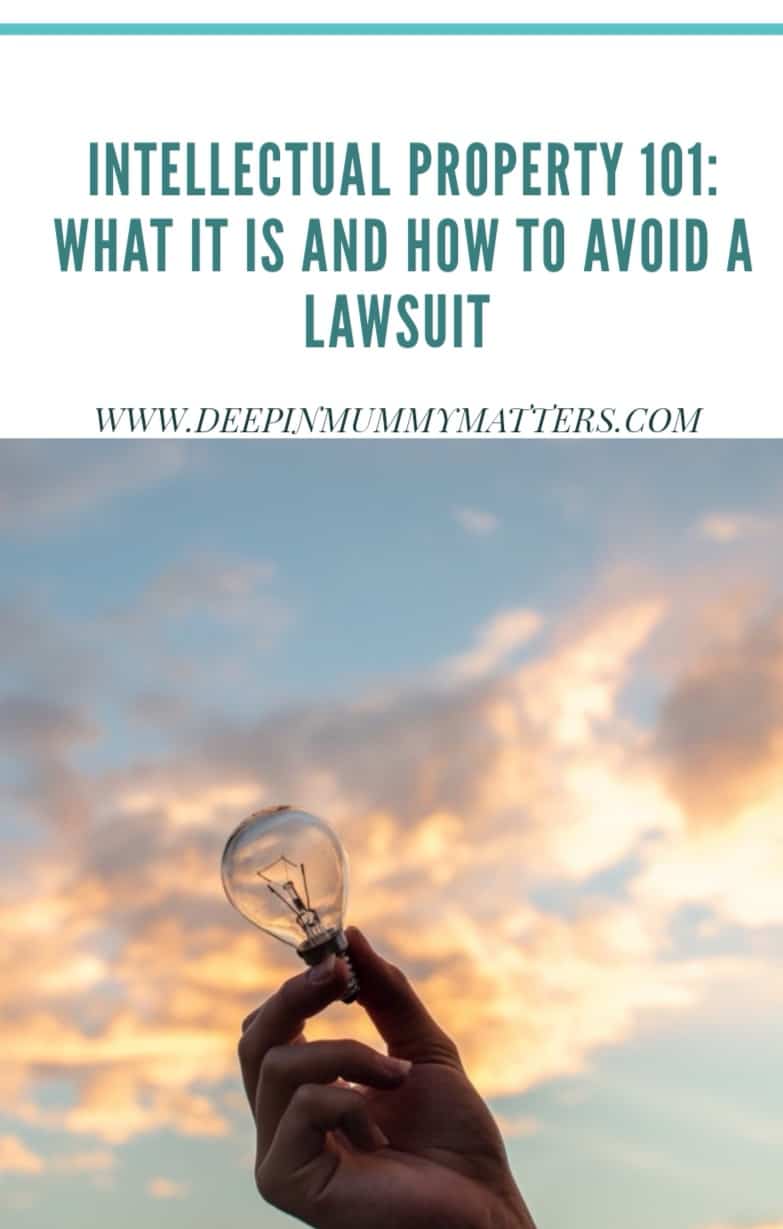If you run a business that deals with an original design, product, logo or any original content, you need to know your intellectual property rights. Learn more here…

As a business owner or creative, having legal rights over your content creation and product ideas is crucial. Without this, your livelihoods are at risk.
Businesses are entitled to intellectual property ownership, including original designs, branding and products. So, it’s a good idea to brush up on your commercial law expertise to ensure you keep your ideas under lock and key.
In this post, we’ll help you do just that by first discussing what intellectual property is. We’ll then dive into why you need intellectual property protection, how to get it, and when using your intellectual property is considered illegal. After reading this post, it would be highly beneficial to check out some legal Non Disclosure Agreement Templates from Simply Docs or another site to get a clearer insight into different scenarios that may occur. So, let’s start to find out what your creative ideas are worth and how to protect them…
What is Intellectual Property?
Intellectual property is an important business term covering a range of brand ideas and products. Specifically, some of the things that fall under this term include:
- The names of your products or brands
- Your original inventions
- The look or design of your products
- Stuff you write, make or produce
Intellectual property protection is important, as it stops others from stealing or copying the above.
Types of Intellectual Property
There are different types of intellectual property protection, such as copyright, designs and patents. The main types in the UK are:
- Copyright: writing and literary works, art, photography, films, TV, music, web content, and sound recordings.
- Design right: shapes of objects you’ve designed.
- Trademarks: Product names, logos, and jingles – it can take up to four months for an application to go through.
- Registered designs: the appearance of a product, including shape, packaging, patterns, colours, and decoration – takes up to 1 month to process an application.
- Patents: inventions and products, e.g. machines and machine parts, tools, and medicines – can take up to 5 years for an application to go through.
Copyright and design right apply automatically, but you must apply for the others. More than one of these protection rights can be applied to a single product, depending on how many it falls under. We suggest that you’re covered by automatic protection, such as copyright or design rights, but you should still consider applying for some form of registered protection.
How Do You Know if You Own the Intellectual Property Rights?
If you created the product or design, bought the intellectual property rights from the creator or previous owner, or have a brand name that could be a trademark, you own the rights.
However, intellectual property can have more than one owner, belong to several people or businesses, and be sold or transferred.

Why You Need Intellectual Property Protection and How to Get It
Now that we know what intellectual property rights are, we should consider why they’re important and how you get them.
Keep Your Ideas
When you come up with a great, original idea for a product or service, you should protect it so others can’t steal it and use it for their gain. Using copyrights, trademarks and patents stops competitors from using your idea without your consent and effectively grants you ownership.
Think of it this way – if you own a beautiful car and someone comes along and takes it, you’d claim it was theft. Just because ideas aren’t manifested physically doesn’t mean they aren’t your property, and there need to be protections to stop them from being stolen.
Protect Business Growth
If you’re a small business, protecting any unique products or services you own is even more important. If a competitor comes along and steals your idea, it could directly affect your market share, and you could lose revenue.
Losing market share just when your business starts can signal the end if you don’t do something about it. Remember, if you have legal protection over your intellectual property, no one is checking to make sure someone isn’t infringing it, so it’s completely down to you.
How to Get Intellectual Property Protection
It might seem difficult to get intellectual property rights for every unique product, service, design or invention you create, but it’s not as tough as you might think.
Copyright doesn’t require you to do anything, as it automatically applies. It doesn’t apply to the idea itself, however, just to how you put the idea into operation, e.g. brochures, presentations, websites, flyers, etc.
If you want to apply for a trademark, patent, or registered design you should speak to the UK intellectual property office. You can do this on your own or with a patent solicitor (if you’re applying for a patent).
When Does the Use of Intellectual Property Become Illegal?
So, we know what intellectual property is, why you need it and how to get it, but what constitutes improper use of your intellectual property by a third party? Unsurprisingly, it’s different for each type of intellectual property, so we’ll break it down into each one:

Copyright Infringement
As we’ve mentioned in previous sections, copyright is an unregistered, automatic right, so you don’t have to apply for it. It comes into effect as soon as something that can be protected is created, and ‘fixed’ in some way (on paper, film, the internet, etc.)
Deliberate copyright infringement, such as taking and using a copy of something a person created, can be treated as a criminal offence. If you know someone is stealing your copyrighted work, you can involve the police or trading standards.
However, because copyright-based industries have to deal with this all the time, many have formed organisations that collaborate with the police or trading standards departments. These organisations sometimes undertake criminal prosecutions.
Design Theft
Design rights are dealt with the same way as copyright infringement because they’re automatic, but registered designs have to be applied for.
A registered design protects the whole product, or part of it, specifically the lines, contours, shape, colour, textures or material of the product or its embellishments.
To be found guilty of intellectual property theft, someone must intentionally copy it in the course of business without the owner’s consent, knowing the design is registered. The copying must produce a product exactly like the one in the design they stole, or very close with only a few tweaks.
The offence can be either civil, with a maximum of six months imprisonment and a fine or criminal, with a maximum sentence of 10 years in prison and an indictment. Hardly worth stealing an idea over.
Patents
The government grants this type of intellectual property for a limited period. It stops others from making, using, selling or importing the invention without the inventor’s consent.
When a patent is granted, which can take up to five years, the invention becomes the inventor’s property, which they can sell or license to others if they wish.
Because localised governments grant patents, a patent granted in the UK will only give the holder rights in the UK. This will include the right to stop others from importing a version of it from another country.
If someone decides to make, use, sell or import your invention without your consent, you can sue them for infringement and force them to pay you the money they earnt from its use.

Trademarks
A trademark is any sign that distinguishes your goods and services from other companies. These signs could be words, logos, pictures, or a combination. It’s a signpost so that customers recognise where the product or service came from.
If someone uses your trademark without your consent, you can seek advice from a trademark attorney who can stop them from using it. They will negotiate a license on your behalf.
Business-to-business trademark disputes are usually handled under civil law. However, you can include trading standards or the police if you wish to file a criminal charge for intellectual property crime.
Should I Protect my Intellectual Property?
This article gives you the low-down on intellectual property, why you might need it, and what constitutes illegal use. If you want your ideas to be protected, especially if you run a business that will lose out financially if they’re copied, you should protect your intellectual property.
This post has been a guide to help you understand whether you need intellectual property, so it’s now up to you to go out and get it. If you already have intellectual property rights that are being infringed upon, you should speak to a solicitor or trading standards.
Thank you for reading this post, and good luck with your intellectual property protection.


